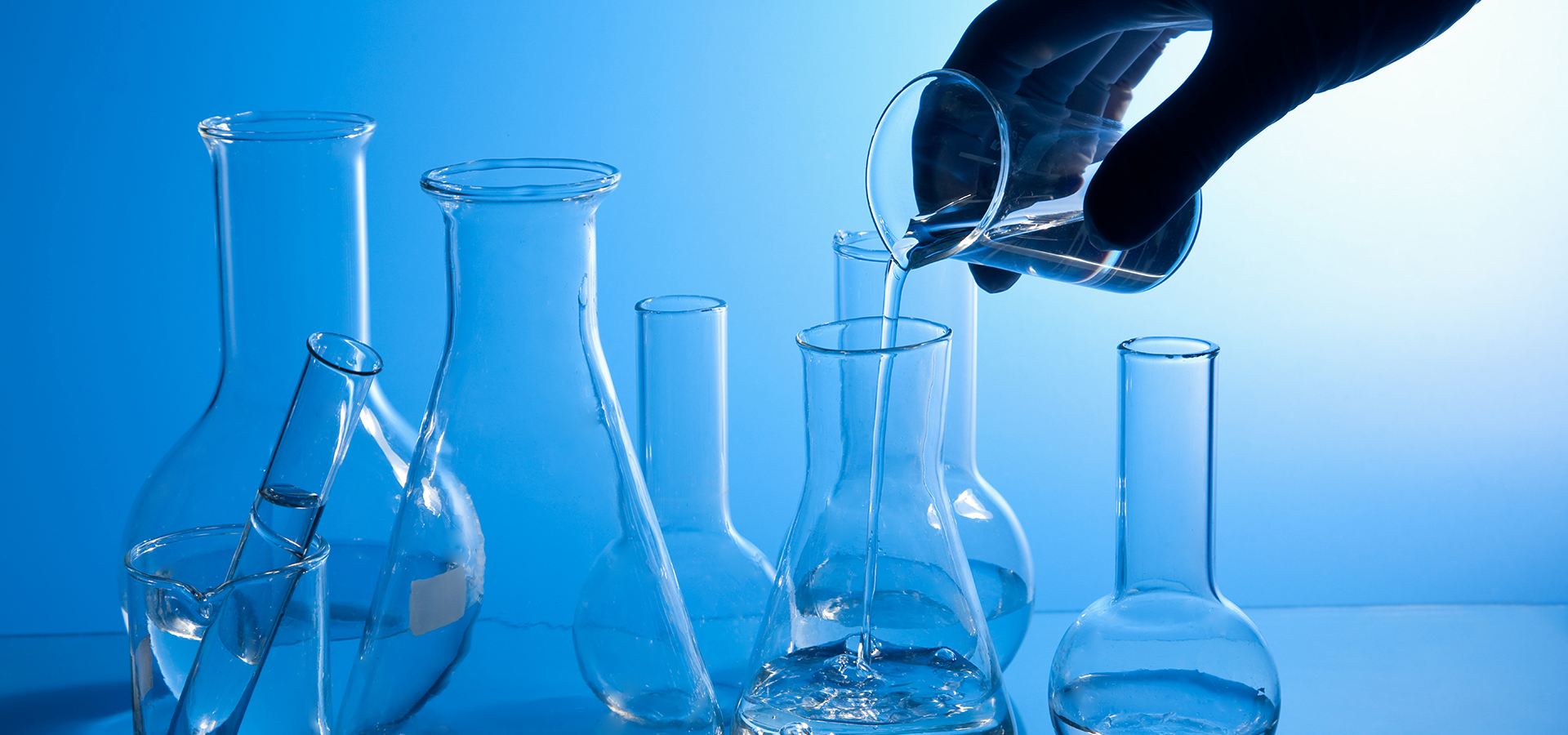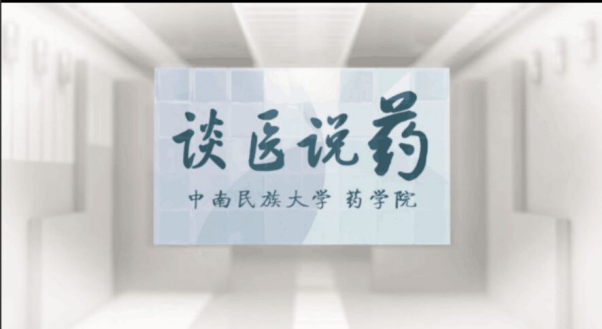
当前课程知识点:Traditional Chinese Medicine > Chapter 10 Common Diseases > Section 1 Cold > Cold
返回《Traditional Chinese Medicine》慕课在线视频课程列表
返回《Traditional Chinese Medicine》慕课在线视频列表
Hello everyone
Our previous study mainly focused on the basic theories
characteristics
syndrome differentiation
therapeutic principles and methods
Chinese medicinal herbs
as well as the formulas of TCM
From today on
we are going to start a new chapter
chapter 10 common diseases
In this chapter
we are going to study how to recognize
and how to handle the disease from TCM view
There are four common diseases from the clinical practice
that we’ll talk about
For today let’s take a look at the cold
Cold is a common exogenous disease caused by wind
cold or heat
It is manifested by fever
aversion to wind or cold
and nasal obstruction etc
it occurs in any season
especially during spring and winter
Pathogenic wind cold and heat
are the common factors for causing a cold disease
When the external pathogenic factors
attack the human body through mouth nose or skin
it can induce various symptoms
Some conditions
like aging
chronic disease
unsuitable lifestyle or over-strain
may lead to unconsolidated defensive qi
followed by invasion of external pathogenic factors
In addition seasonal epidemic pathogens
such as the virus of cov-19
can cause infections of various degree
induce pestilence epidemic
Severely
weakened patients can contract other diseases
According to the nature of pathogenic factors
cold disease is commonly divided into three different syndromes
wind-cold syndrome
wind-heat syndrome and seasonal epidemic cold
For the wind-cold syndrome
The external wind and cold pathogenic factors attack our body
and lead to a struggle between healthy qi and pathogenic qi
in the out part of our body
As we have studied lung is corresponding to the body hair and nose
Therefore
this kind of invasion often causes symptoms of lung and nose
The patient
with wind-cold syndrome
may have the symptoms and signs
such as
serious aversion to cold
fever
anhidrosis
headache or body pain
nasal obstruction or sneezing or watery nasal discharge
light red tongue with thin and white coating
as well as floating and tight pulse
The treatment for wind- cold syndrome should considerate
the struggling between the healthy qi and the pathogenic factors
We usually pick some Chinese herbs with warm nature
to release the wind and cold out of the body
The therapeutic effect often achieved by sweating
For example
one of this kind of typical formula which is called Ma Huang Decoction
is often used to treat a cold disease
Ma Huang Decoction is a very famous formula
which was created by Zhang Zhongjing in the Han dynasty
The patient will get sweating when the patient drinks this decoction
because of the medicinal functions of all the four herbs
One side Ma Huang Decoction can help to improve
the healthy qi of the body
in the other side it can keep the wind and cold factors
out of the body by sweating
Then the struggling between the healthy qi and the pathogenic factors
will be stopped with expelling of wind and cold
Except for Chinese herbs
acupuncture is a good way to
keep the wind and cold out of our body
Acupoints GB 20 and GV 16 can be chosen
to expel the wind and cold out body
by using the needles to stimulate
In addition to these two methods
there is a very convenient way to treat the cold disease
Two acupoints along the index finger
as the picture shows
are selected to be pressed
by using round stick
In order to treat the cold
100 times for each hand need to be pressed every day
It may take 2-3 days
Now let’s take a look at the wind-heat syndrome
For the pathogenesis
external wind and heat
invade the human body
through mouth nose and skin
Because the wind and heat belong to yang
they can consume body fluid
when they get into the body
The patient with wind-heat syndrome
may have the symptoms and signs
such as slight aversion to wind-cold
marked fever
sweating
headache
nasal obstruction or sneezing
yellowish thick nasal discharge
reddish tip of tongue with thin and yellow coating
as well as floating and rapid pulse
The therapeutic principle for wind-heat syndrome
is to remove the wind and heat
from the body
by using the Chinese herbs with cool nature
For treating the wind-heat syndrome
Yin Qiao Powder can be selected
This formula is composed of nine herbs
The nature of most of the herbs are cool
This decoction aims to help the patient
to remove the wind and heat
out of the body
since the two pathogenic factors
are warm while the herbs are cool
Acupuncture can be used to treat the wind-heat syndrome
Usually
acupoints GV 14 and LI 4
are picked to stimulate by using needles
The two acupoints have the function of clearing heat
therefore the wind and heat can be removed out of body by
stimulating the two acupoints
The seasonal epidemic cold is a special type of cold
Its pathogenesis mainly exists in seasonal epidemic cold
invading the body
leads to the struggling between healthy qi and the pathogenic factor
The cold pathogen can change into heat
toxin pathogen
during the struggling
The clinical symptoms and signs of seasonal epidemic cold
can be as follows
abrupt
aversion to cold
high fever
acute headache
general aching pain
congestion in the throat
red tongue with yellow and greasy coating
as well as rapid pulse
Most of the symptoms are related with the heat toxin pathogen
change from the external epidemic cold pathogen
The basic law to treat such kind of cold disease is to clear the heat
and remove the toxin from the patient body
The formula Qing Wen Bai Du Decoction can be chosen
to treat such kind of disease
This formula was created in Qing dynasty
The nature of the whole formula is cool enough to clear the heat
and remove the toxin pathogen from the body
For this section
we talked about the concept
pathogenesis
syndrome differentiation
symptoms and signs
therapeutic principle and therapeutic methods of cold disease
Anyway
cold disease mainly caused by external pathogenic factors
and the location of disease in the exterior part of the body
It is easily to be treated comparing with the interior diseases
OK that’s all for today
I’ll see you in next class
-Section 1 General Introduction
--General Introduction
-Section 2 Basic Characteristics of TCM
--Basic Characteristics of TCM
--Basic Characteristics of TCM
-Section 1 Unity of Qi
--Unity of Qi
-Section 2 Yin-Yang Theory
--Yin-Yang Theory
-Section 3 Five-Element Theory
--Five-Element Theory
-Section 1 Overview of Visceral Manifestation
--Overview of Visceral Manifestation
--Overview of Visceral Manifestation
-Section 2 Five Zang Organs
--Five Zang Organs
-Essence, Qi, Blood and Body Fluid
--Essence, Qi, Blood and Body Fluid
--Essence, Qi, Blood and Body Fluid
-Section 1 Etiology of TCM
--Etiology of TCM
-Section 2 Pathogenesis of TCM
--Pathogenesis of TCM
-Section 1 Inspection of Tongue
--Inspection of Tongue
-Section 2 Pulse Taking
--Pulse Taking
-Section 1 Syndrome Differentiation
--Syndrome Differentiation
-Section 2 Therapeutic Principles and Methods
--Therapeutic Principles and Methods
--Therapeutic Principles and Methods
-section 1 four natures and five flavors
--four natures and five flavors
--dicussion of four natures and five flavors
-section 2 four directing actions of chinese medicinal herbs
--four directing actions of chinese medicinal herbs
--discussion works
-section 3 compatibilities of chinese medicinal herbs
--compatibilities of chinese medicinal herbs
--discussion works
-section4 diaphretics
--works
-section5 Interior Warming Chinese Medicinal Herbs
--Interior Warming Chinese Medicinal Herbs
--works
-section6 restorative Chinese Medicinal Herbs
--Restorative Chinese Medicinal Herbs
--works
-section 1 general intorduction of prescription
--general intorduction of prescription
--discussion works
-section 2 Prescriptions for Relieving Exterior Syndromes
--Prescriptions for Relieving Exterior Syndromes
--works
-section 3 prescription for Warming the Interior
--prescription for Warming the Interior
--discussion works
-section4 tonic prescription--Prescriptions for invigorating qi
--tonic prescription---Prescriptions for invigorating qi
--discussion works
-section5 tonic prescription--prescriptions for nourishing blood and nourishing yin
--prescriptions for nourishing blood and nourishing yin
--discussion works
-section6 peptic prescription
--discussion works
-Section 1 Cold
--Cold
--Cold
-Section 2 Headache
--Headache
--Headache
-Section 3 Stomachache
--Stomachache
-Section 4 Insomnia
--Insomnia
--Insomnia


